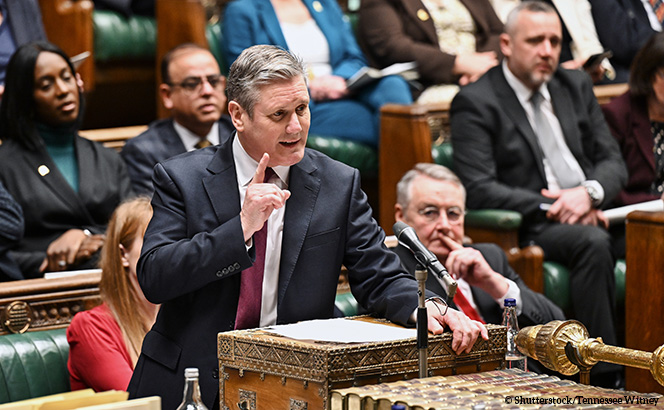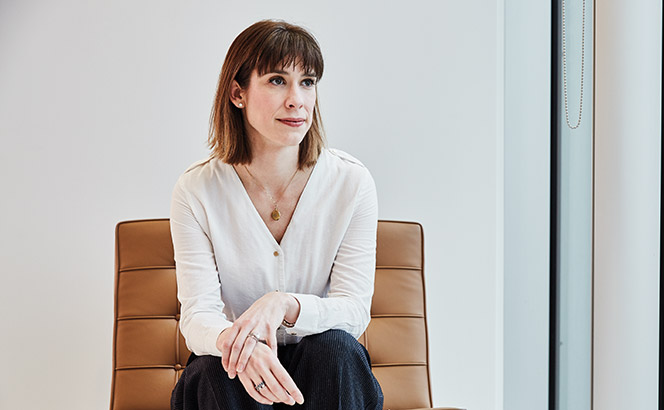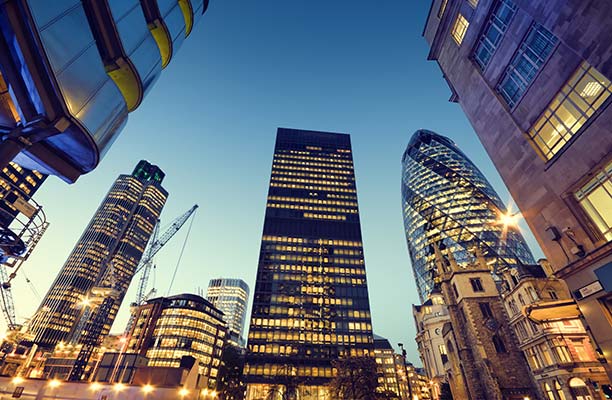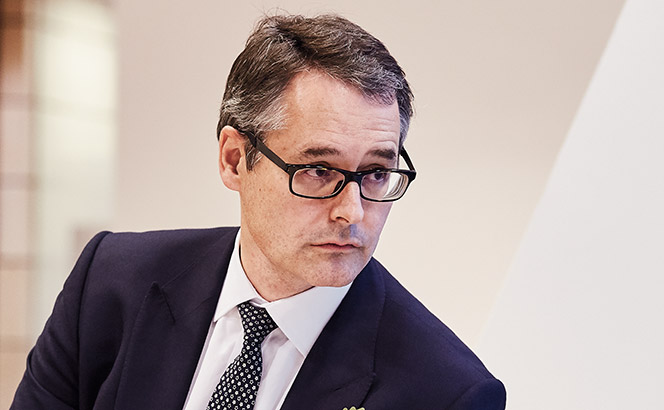If we can already make a few forecasts about some aspects of the post-coronavirus world, currently pole position among things the legal industry abruptly realised will look radically different as of ten weeks ago are large-scale, grand, frightfully-expensive offices. It turns out that we were all used to the modern, shiny, flagship office and now realise we had only the most tenuous grasp of why we believed it so fundamental to the business of professional services all along.
Yet the office will never be the same.










